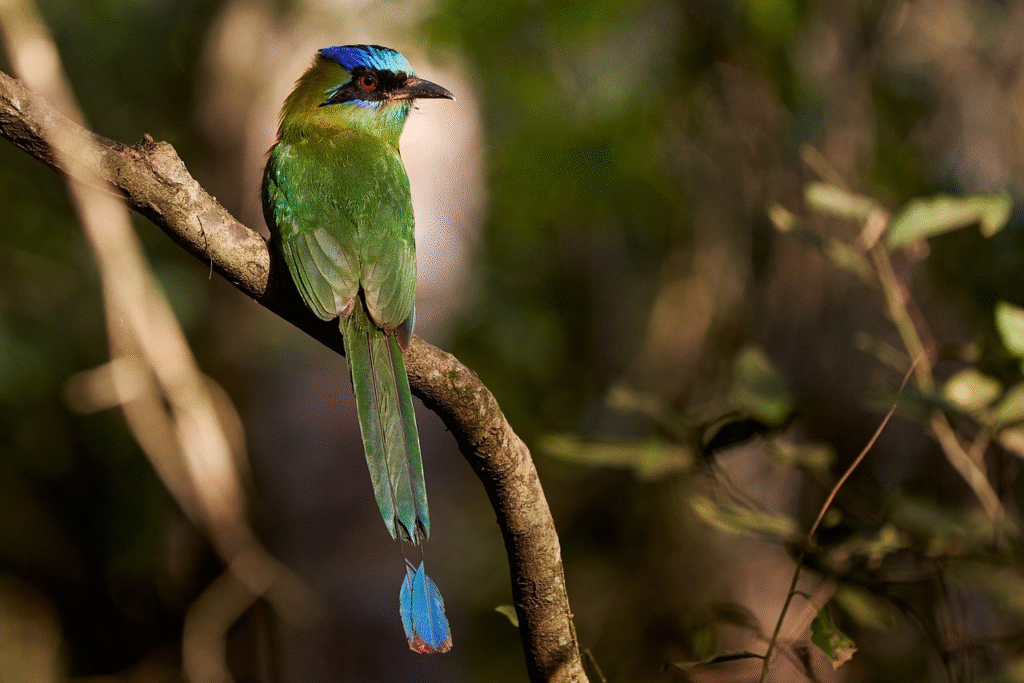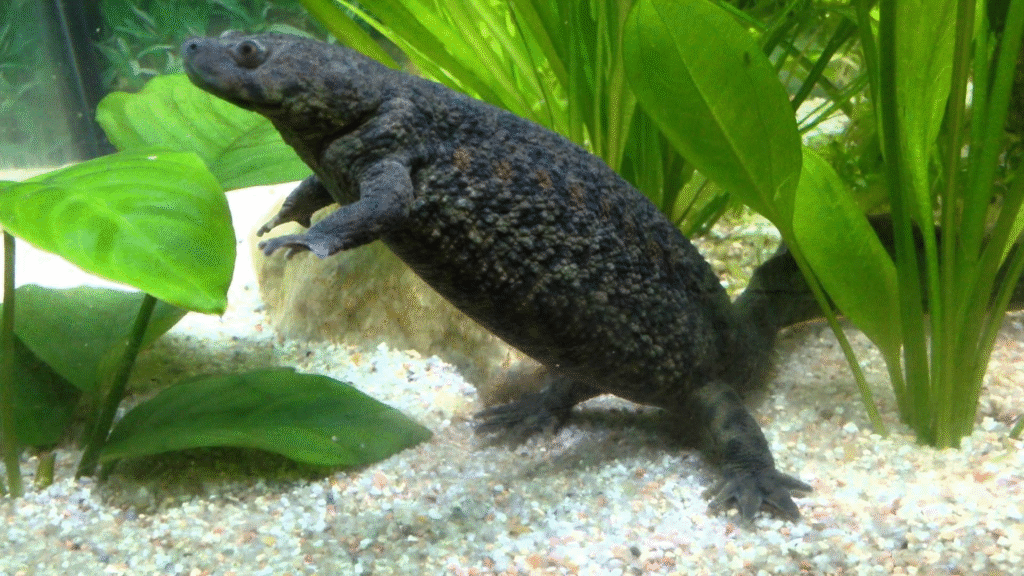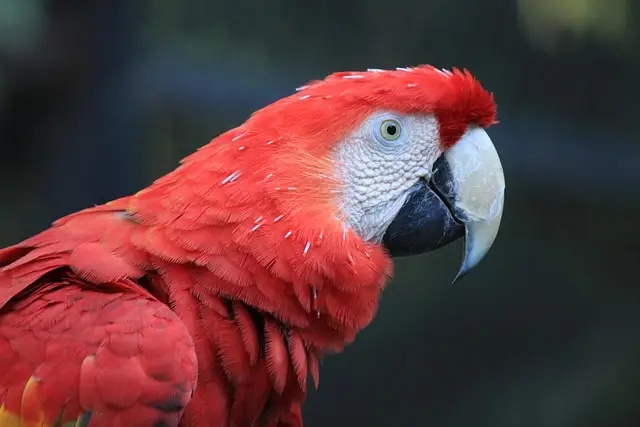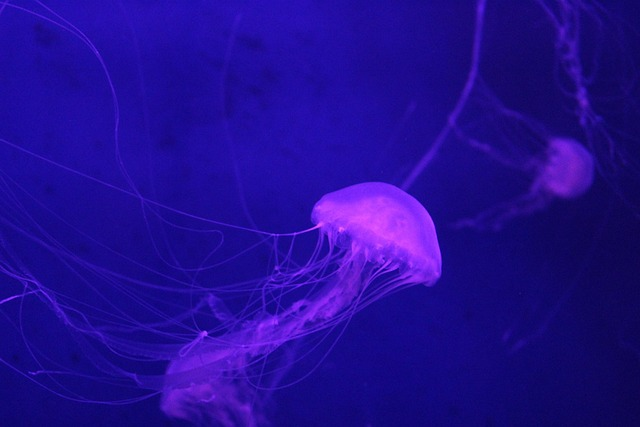When people hear the word “poisonous,” they often think of dangerous snakes or venomous spiders. But there’s an important difference between poisonous and venomous. A poisonous animal harms others when it is touched or eaten, while a venomous animal injects toxins through a bite or sting. In this article, we’ll focus on poisonous animals—creatures that are dangerous because of what’s inside their bodies or on their skin, not because they bite or sting.
Let’s explore some of the world’s most poisonous animals, how they protect themselves, and why their toxins are so powerful.
1. Poison Dart Frogs
Location: Central and South America
Toxin: Batrachotoxin

Poison dart frogs are small, colorful amphibians that live in tropical rainforests. Their bright colors warn predators to stay away. Some species, especially the golden poison dart frog, are incredibly toxic. Just one frog can carry enough poison to kill 10 humans. Indigenous people have used their toxins to coat hunting darts, which is how these frogs got their name.
These frogs don’t make their poison on their own. Instead, they get it from the ants and other insects they eat in the wild.
2. Hooded Pitohui
Location: Papua New Guinea
Toxin: Batrachotoxin

The hooded pitohui is a small bird with bright orange and black feathers. It may look harmless, but this bird is actually poisonous. Its skin and feathers carry batrachotoxin—the same powerful chemical found in poison dart frogs.
Touching the bird can cause numbness or irritation. The pitohui probably gets its poison from the insects it eats, particularly small beetles. It’s one of the few known poisonous birds in the world.
3. Blue-Capped Ifrita
Location: Papua New Guinea
Toxin: Batrachotoxin

Like the hooded pitohui, the blue-capped ifrita is another poisonous bird from Papua New Guinea. Its bright blue cap and yellowish body hide a dangerous secret—its feathers and skin contain toxins that can harm predators.
Scientists believe the ifrita also gets its poison from beetles, just like the pitohui. These birds don’t attack with their poison; instead, they rely on it to protect them from being eaten.
4. Pufferfish (Fugu)
Location: Worldwide (mostly warm ocean waters)
Toxin: Tetrodotoxin

Pufferfish, also known as fugu in Japan, are famous for their deadly poison and their ability to puff up when threatened. Their organs, skin, and sometimes muscle tissues contain tetrodotoxin, a powerful neurotoxin that can kill humans in very small doses.
In Japan, specially trained chefs prepare fugu so that the meat can be eaten safely. Still, eating the wrong part of the fish can cause paralysis or death. There is no known antidote for tetrodotoxin.
5. Rough-Skinned Newt
Location: North America (mainly the Pacific Northwest)
Toxin: Tetrodotoxin

The rough-skinned newt may look like a regular amphibian, but it carries a strong poison in its skin. When threatened, it curls up its body to show off its bright orange belly—nature’s warning sign. If a predator tries to eat it, it can be poisoned and even die.
Interestingly, some garter snakes have evolved resistance to this poison and can eat the newts safely. But this has also caused the newts to become even more toxic over time, creating a kind of “poison race” between predator and prey.
6. Common Quail (When Eating Poisonous Plants)
Location: Europe, Asia, Africa
Toxin: Hemlock alkaloids (when ingested)

Quail are not naturally poisonous, but they can become dangerous to humans depending on what they eat. When quail feed on certain toxic plants, such as hemlock, their meat becomes poisonous. This condition is known as coturnism, and it can cause muscle breakdown and kidney failure in humans.
This problem is rare today, but it has been recorded throughout history, including in ancient Rome. People must be cautious about eating wild quail in certain regions.
7. Cane Toad
Location: Central and South America, Australia
Toxin: Bufotoxin

The cane toad is a large, warty amphibian that produces a milky-white poison called bufotoxin from glands behind its eyes. If eaten, the toxin can cause convulsions, heart problems, and even death in many animals, including household pets.
Cane toads were introduced in Australia to control pests, but they became a major invasive species instead. They’re now a serious threat to native wildlife because their poison kills many predators who try to eat them.
8. Spanish Ribbed Newt
Location: Iberian Peninsula and Morocco
Toxin: Unknown skin toxins

This unique amphibian has a shocking defense method. When threatened, it pushes its sharp ribs through its skin, covered in toxic secretions. This defense system both harms the predator and delivers poison into any animal that tries to bite it.
Though it’s not harmful to humans unless ingested, the Spanish ribbed newt is a great example of how poison can be used in creative and bizarre ways in the animal kingdom.
9. Asian Tiger Moth (Adult and Larva)
Location: Southeast Asia
Toxin: Alkaloids from host plants

Tiger moths don’t produce their own poison but absorb it from the plants they eat as caterpillars. These poisons stay in their bodies through metamorphosis, making both the caterpillar and adult moth toxic to predators.
When threatened, some tiger moths can even release clicking sounds to warn predators of their unpalatability—a strategy called acoustic aposematism.
10. Millipedes (Certain Species)
Location: Worldwide
Toxin: Cyanide compounds

Many millipedes release toxic chemicals when they feel threatened. Some species can secrete hydrogen cyanide—a deadly poison that can harm or kill small predators. While these chemicals are not usually dangerous to humans unless ingested in large amounts, they can irritate the skin and eyes.
Millipedes roll into a ball when threatened, releasing their toxins as a defense while staying tightly coiled to protect themselves.
How Do Poisonous Animals Use Their Toxins?
Poisonous animals usually don’t use their toxins for hunting. Instead, they rely on poison to protect themselves. Many of these animals:
- Have bright warning colors to tell predators they are dangerous.
- Stay still or use camouflage until threatened.
- Use bad taste or toxic skin as defense mechanisms.
Unlike venomous creatures that inject toxins, poisonous animals must be touched, eaten, or licked to cause harm. Their goal is to avoid confrontation by warning potential predators: “Don’t eat me!”
Can Poisonous Animals Harm Humans?
Yes, some poisonous animals can be dangerous to humans, especially if:
- The animal is handled carelessly (like picking up a poison frog).
- It is eaten, like improperly prepared fugu or wild quail.
- Its toxins are absorbed through cuts or mucous membranes.
However, most poisonous animals aren’t aggressive and only cause harm when humans come into direct contact with them. In general, they want to avoid us as much as we want to avoid danger.
Poisonous animals may not chase their prey or fight back with fangs or stingers, but they are still armed with powerful chemical weapons. Their defenses help them survive in a world full of threats, showing once again how clever and varied nature’s survival tools can be.



